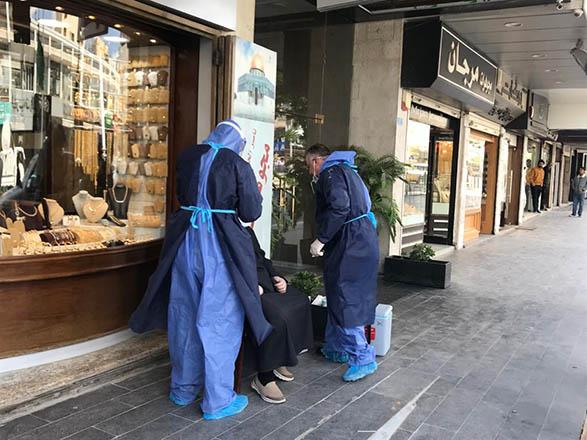- Local News
- Web-2020-05-13 | 02:35 pm

In a post on Facebook, the official reassured the public that the indicators that first led to the government’s initial decision to impose lockdown measures at the onset of the crisis in March "are absent”.
The main indicators that require a curfew on public life include a caseload that exceeds hospitals’ absorptive capacity, a 10-per cent increase in infections three days in a row, a doubling of the number of patients over a five-day period and the emergence of new, unrelated infection clusters over a two-week period, Hayajneh said.
Usually among these critical indicators one sees a rise in common cold infections over a period of 10 days and an increase in the number of medical personnel who become infected, which the official said "is not the case in Jordan”, the Jordan News Agency, Petra, reported.
He pointed out that an important factor regarding the Kingdom’s epidemiological response is the "inability” to monitor and follow up on more than 20 per cent of patients’ contacts, perform laboratory tests on more than 10 per cent of new patients and find safe quarantine locations.








